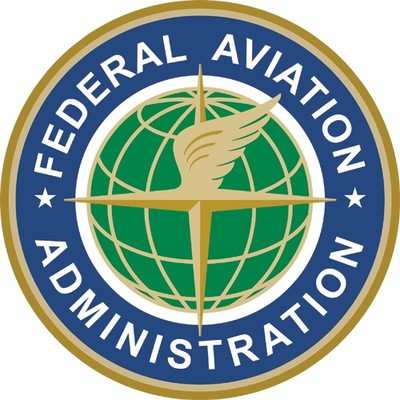Wed, Jun 24, 2015
The NTSB And Congress Are Asking The FAA To Change Glider Transponder Regulations
Both the National Transportation Safety Board (NTSB) and Congress are concerned about accidents and near accidents occurring because gliders are exempted from certain transponder rule requirements. The FAA has issued an Advance Notice Of Proposed Rulemaking (ANPRM) to solicit input regarding potential regulation revisions.

The purpose of the ANPRM is to solicit input from interested persons involved in glider operations in the National Airspace System (NAS). The ultimate goal is to ensure safety of flight for gliders and other aircraft operating in the NAS.
The NTSB, and two members of Congress, requested rulemaking because of a midair collision between a glider and a private jet. The FAA notes that it is currently encouraging the voluntary equipage of Traffic Awareness Beacon System (TABS) devices on aircraft excepted from carrying a transponder, such as gliders. The FAA is also considering the current and future implications of Automatic Dependent Surveillance-Broadcast (ADS-B) that may impact this potential rule change.
The issue can be broken down into 3 basic areas:
AIRSPACE
Regulations require transponder use in various parts of the national airspace system. However, certain types of aircraft are exempted from some of the transponder regulations, and gliders are one of these exempted aircraft. The question being asked in the ANPRM is whether or not gliders should continue to be one of the exempted categories of aircraft.
TRANSPONDERS AND ADS-B OUT
Transponders and ADS-B Out accomplish the same thing as far as air traffic control (ATC) is concerned. If the regulations are changed to require gliders to have the same transponder requirements as all other aircraft, they would also fall under the requirement to be equipped with ADS-B Out under the year 2020 requirement.
TRAFFIC AWARENESS BEACON SYSTEM (TABS)
Transponders and ADS-B not only communicate with ATC, they also communicate with other airplanes that are equipped with Traffic Collision Avoidance Systems (TCAS). Another system, known as TABS, communicates with TCAS but not with ATC. The FAA is considering this as a possibly simpler solution for gliders and other aircraft that operate under the transponder exemption.
The ANPRM contains a list of detailed questions for commenters to respond to these issues. For the complete ANRPM and more detailed information, refer to the website below.
More News
He Attempted To Restart The Engine Three Times. On The Third Restart Attempt, He Noticed That Flames Were Coming Out From The Right Wing Near The Fuel Cap Analysis: The pilot repor>[...]
Make Sure You NEVER Miss A New Story From Aero-News Network Do you ever feel like you never see posts from a certain person or page on Facebook or Instagram? Here’s how you c>[...]
From 2009 (YouTube Edition): Leading Air Show Performers Give Their Best Advice for Newcomers On December 6th through December 9th, the Paris Las Vegas Hotel hosted over 1,500 air >[...]
Aero Linx: NASA ASRS ASRS captures confidential reports, analyzes the resulting aviation safety data, and disseminates vital information to the aviation community. The ASRS is an i>[...]
“For our inaugural Pylon Racing Seminar in Roswell, we were thrilled to certify 60 pilots across our six closed-course pylon race classes. Not only did this year’s PRS >[...]
 NTSB Final Report: Rutan Long-EZ
NTSB Final Report: Rutan Long-EZ ANN FAQ: Turn On Post Notifications
ANN FAQ: Turn On Post Notifications Classic Aero-TV: ICAS Perspectives - Advice for New Air Show Performers
Classic Aero-TV: ICAS Perspectives - Advice for New Air Show Performers ANN's Daily Aero-Linx (06.28.25)
ANN's Daily Aero-Linx (06.28.25) Aero-News: Quote of the Day (06.28.25)
Aero-News: Quote of the Day (06.28.25)



